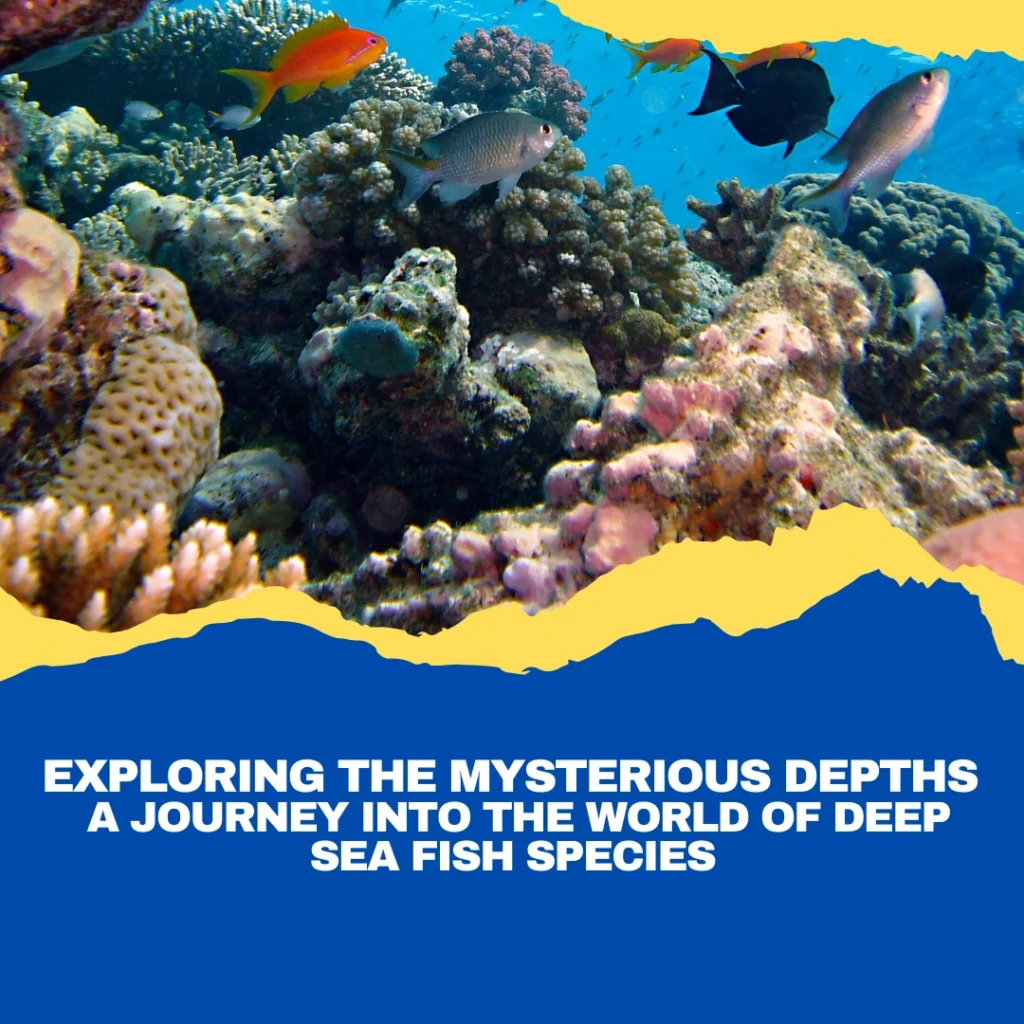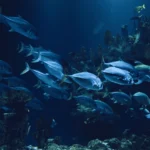About 71% of the world is sea water while 29% of it is land. A large part of the ocean is still unexplored. There are many deep sea creatures hidden in the parts of this water where the light does not reach. In this comprehensive guide, we will learn about deep-sea fish, their habitats, and their environment.
Table of Contents
Introduction to Deep Sea Fish
Deep Sea Fish Species Identification
Fish in the deep sea represents a life that is masked belief. deep water fish can be identified by these factors.
Bioluminescence:
Many deep-sea fish use light-producing organs to attract prey while hunting or to call their mates.
Body Shape:
fish that live in the deep sea have an elongated body, due to which they can withstand the pressure of water, and because of their large mouth, they can get food even with fewer resources.
Coloration:
Most deep-sea fishes have dark body color on top and white on the bottom, which helps them to camouflage.
Eyes:
Deep-sea fish have large eyes that give them the ability to see even in low-light environments.
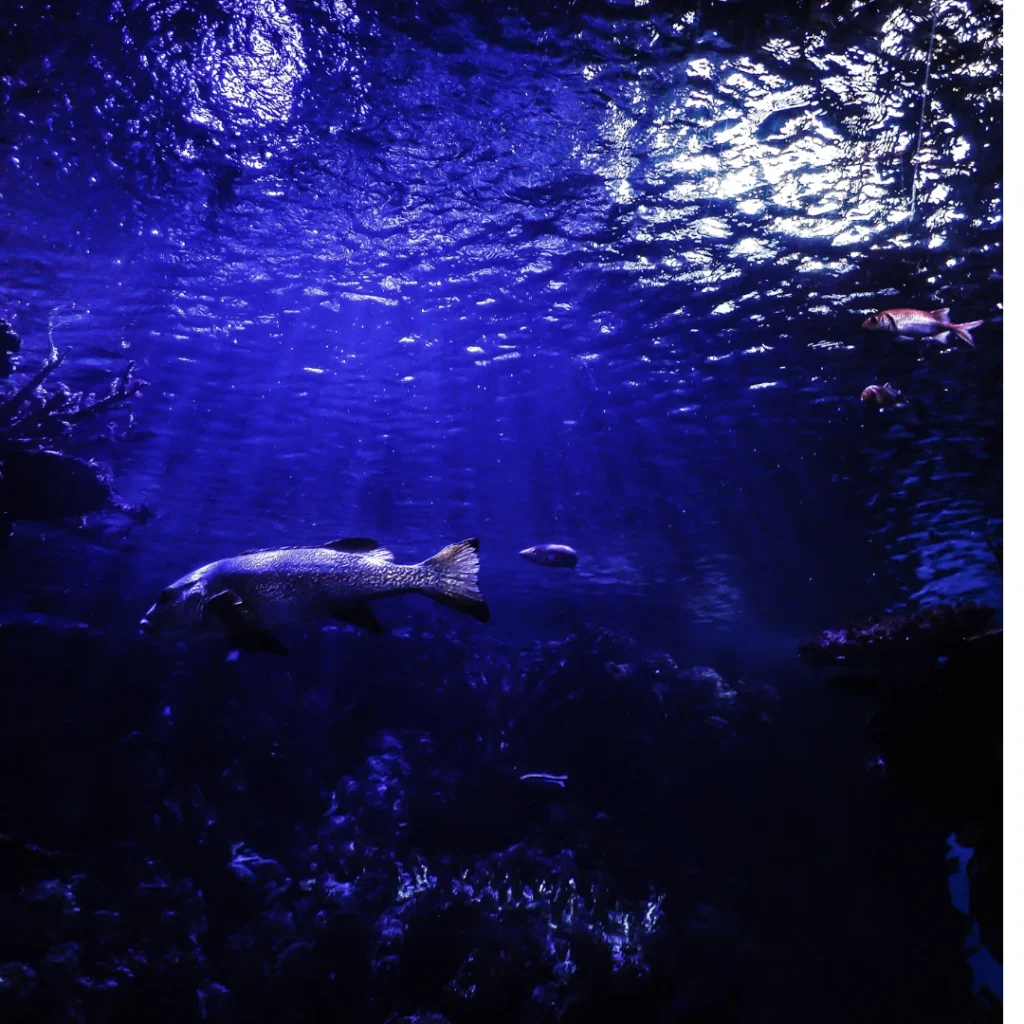
Deep Sea Fish Habitat
At 200 feet below sea level, sunlight begins to diminish and this is where the Deep Sea begins. The Deep Sea is divided into five main zones. Each zone has its characteristics, as well as fish that live in that environment. The five zones are the Epipelagic zone(sunlight zone), Mesopelagic zone(Twilight zone), Bathypelagic zone(Midnight zone), Abyssopelagic zone(Abyss) and Hadalpelagic zone(Trenches).
Importance of Studying Deep-Sea Ecosystems
Why study the deep sea? As far as the importance of the Deep Sea is concerned, no one has fully explored it yet. How many deep sea creatures are still there that no one knows about? Deep sea information is also important because it helps us to know about different environmental changes and you can also learn about the role of deep sea creatures in the ecosystem, such as the role of Deep sea fish in the carbon cycle. Apart from this, we can create new medicines, learn about how organisms can live in extreme conditions, and bring this information to improve technology.
How Deep Sea Fish Adapt to High-Pressure Environments
The pressure of the Deep Sea is a thousand times greater than the service pressure, which is sufficient to animate any living organism but Deep sea creatures survive under this pressure. Research on deep-sea organisms has shown that different factors help them to survive under this pressure. The main factors are:
Flexible Bodies:
A deep-sea creature’s flexible body contains some tissue that protects its body from extreme pressure.
Absence of Swim Bladders:
deep sea fishes do not have the internal swim bladder that other freshwater species have
Specialized Proteins:
Research has shown that they contain a pressure-stable enzyme that helps them stay in the pressure of the deep sea but no one can answer how.
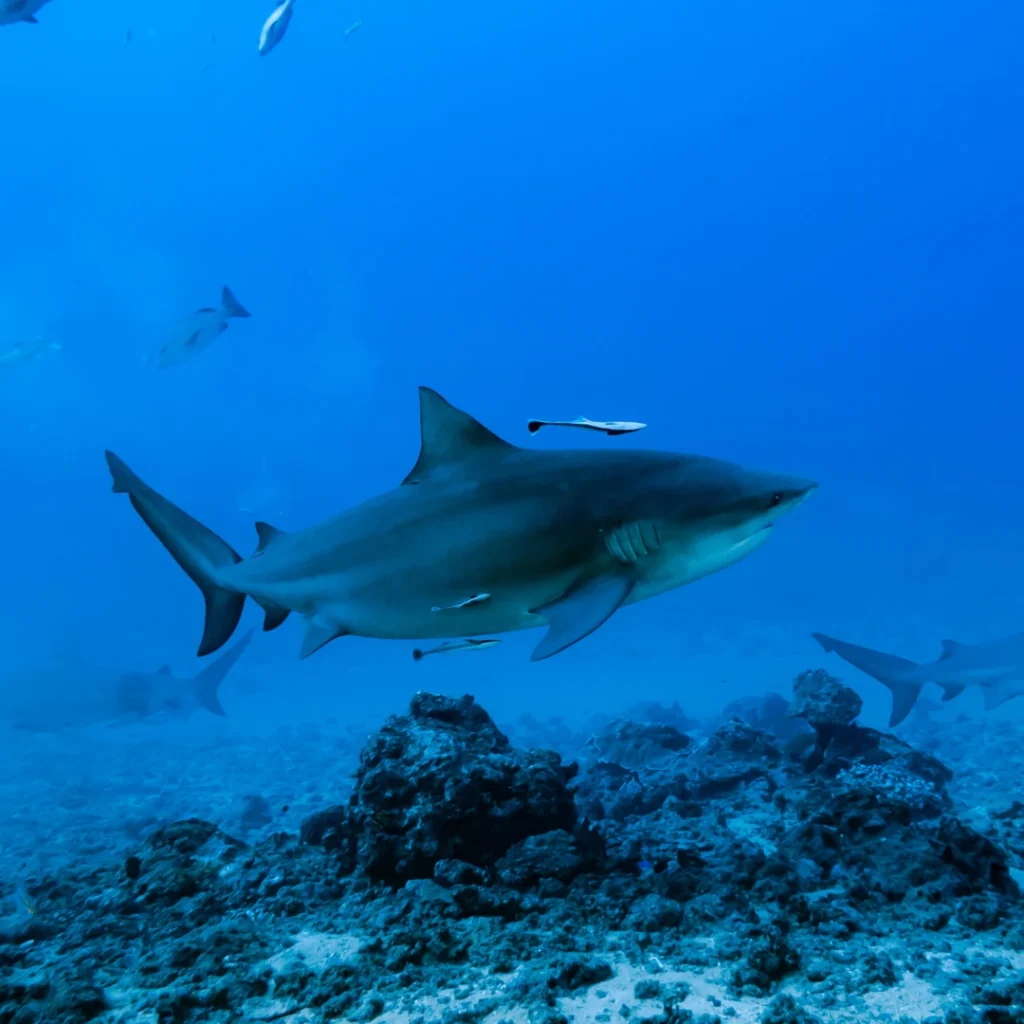
Depth Zones of the Ocean
Understanding Ocean Zones: Epipelagic to Abyssal
The ocean is divided into five primary zones based on depth and light penetration:
Epipelagic Zone (0–200m):
The epipelagic zone is also known as the sunlight zone. Most marine fish like dolphins are found in such a zone. The temperature here remains warm due to the presence of sunlight.
Mesopelagic Zone (200–1,000m):
Mesopelagic zone is also known as the twilight zone. Fish with big eyes are found in this zone because the light is dim here. As you go into the fall, the temperature will decrease.
Bathypelagic Zone (1,000–4,000m):
The Bathypelagic zone is also known as the midnight zone. This zone is completely dark because of no light. The temperature of this zone is around 4 degrees Celsius. There is pressure in this zone too but it is bearable.
Abyssopelagic Zone (4,000–6,000m):
The Abyssopelagic zone is also known as the abyss. In this zone, darkness is everywhere. This zone has a temperature of 2 degrees Celsius and 600 times more pressure than the surface. Deep-sea cucumbers and sea spiders are common abyssal zone fish.
Hadalpelagic Zone (6,000+m):
Hadalpelagic zone is also known as Trenches. This zone is also completely dark. This zone has a temperature close to freezing. Pressure is up to 1,000 times more than the surface. Snailfish and microorganisms present are common in this zone.
Characteristics of Each Zone
Challenges increase from top to bottom in each zone. As we descend in-depth, pressure increases while light and temperature decrease. Apart from this, food also becomes scarce.
How Depth Affects Fish Species and Biodiversity
Death has a huge impact on biodiversity. Most species are found in the epipelagic zone. As you go into depth, Species will also decline and the species that will be there rely on adaptations like bioluminescence and enhanced sensory organs to survive.
Deep Sea Fish Adaptations
Bioluminescence: Nature’s Lanterns
Many deep-sea fish have a special type of light-producing organ called a Bioluminescence.
Uses of Bioluminescence:
Attracting prey:
With the help of Bioluminescence, fishes attract their prey and attack them as soon as they come within their range.
Communicating with mates.
Some species of deep-sea fish communicate with each other with the help of Bioluminescence.
Camouflage:
With the help of Bioluminescence, these fish also camouflage themselves.
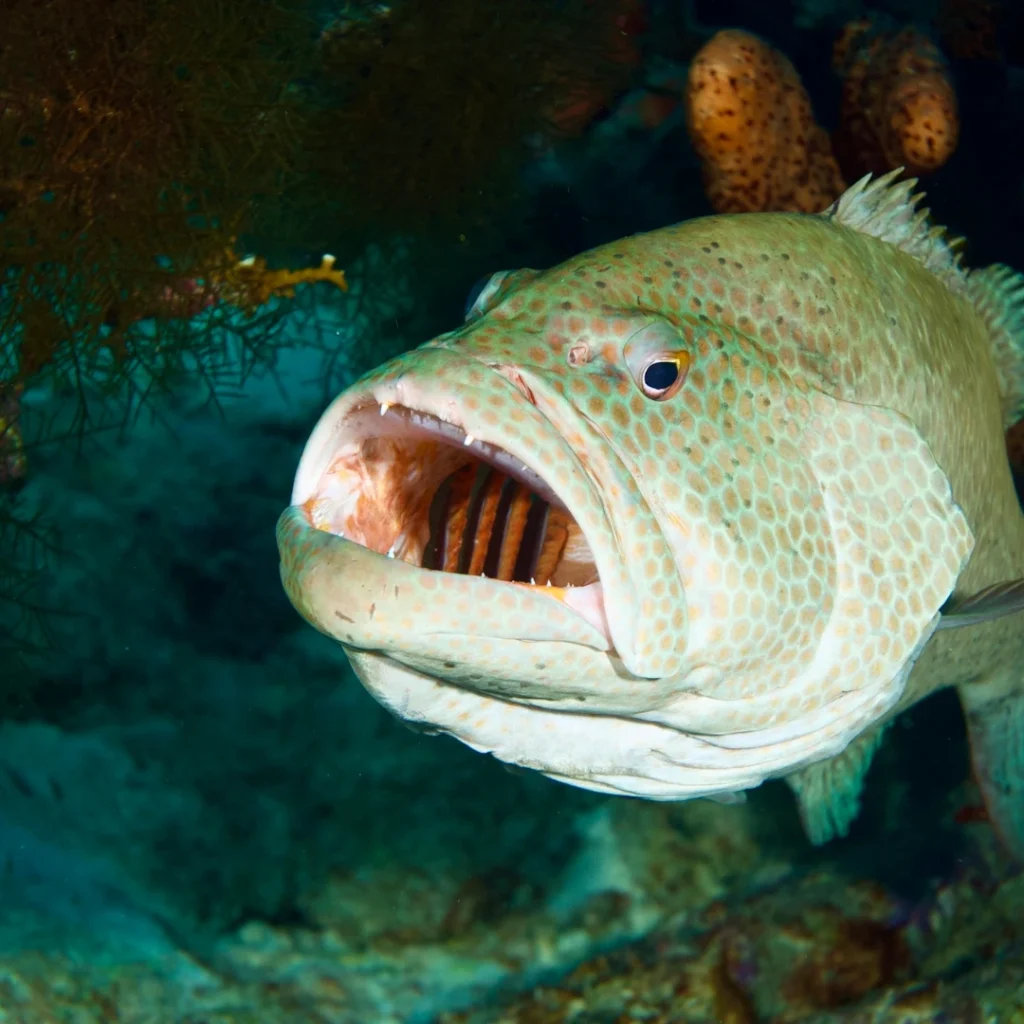
Physical Adaptations: Shapes and Structures
Nature has created deep sea fish in fascinating ways to survive in extreme conditions:
Gelatinous Bodies:
Due to its flexible body, it can move with less energy even under extreme pressure.
Large Mouths and Expandable Stomachs:
Due to their large mouths, these fishes consume even large prey easily
Eyes Adapted for Darkness:
Some fish have large eyes that can see in dim light while others rely on touch and smell.
Behavioral Adaptations: Hunting and Survival Strategies
Deep-sea fish are masters of energy conservation:
Ambush Predation:
Some species of deep-sea fish do not move until the prey is within its range
Vertical Migrations:
Some species of deep-sea fish go deep at night to hunt and rest during the day.
Minimal Movement:
In a food-scarce environment, they do not use energy but rather conserve their energy.
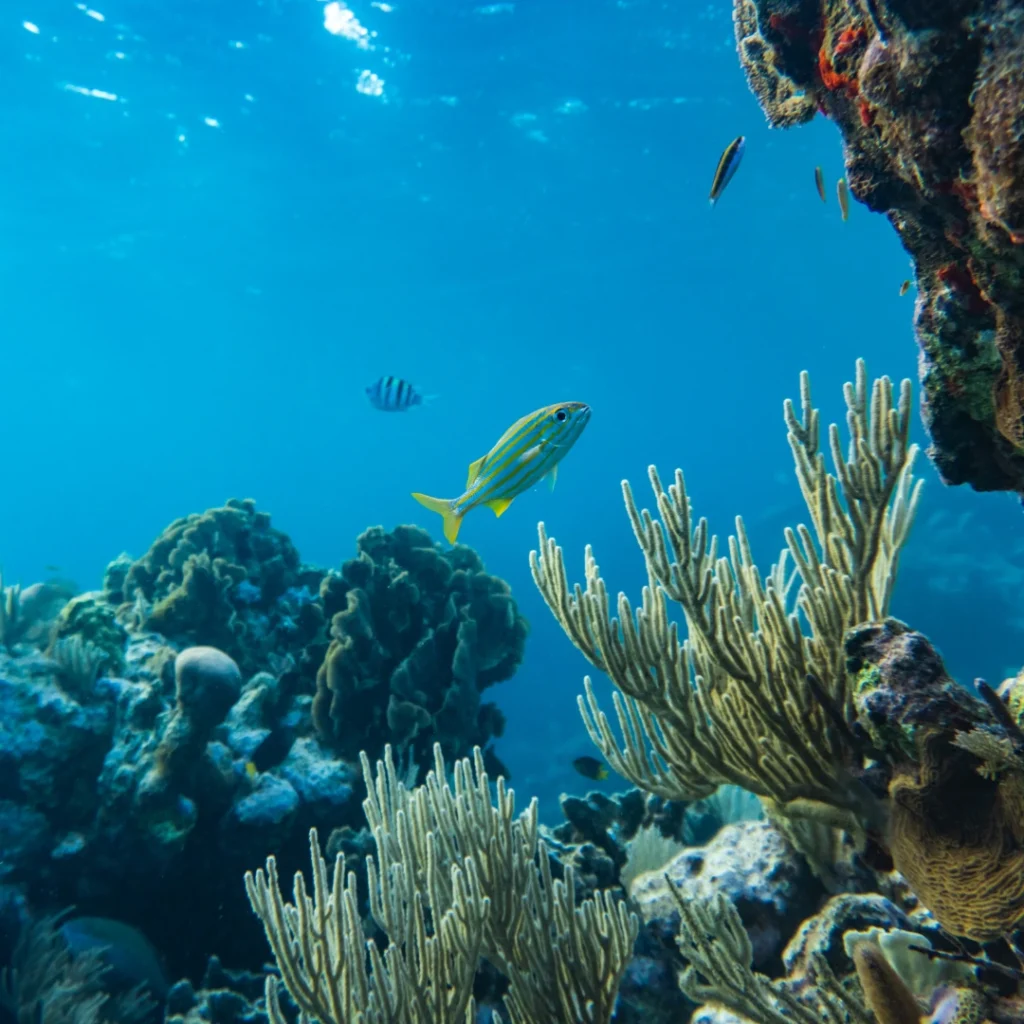
Complete List of Deep Sea Fish Species
Common Deep Sea Fish
The common deep sea fish are Lanternfish, Anglerfish, and Bristlemouths.
Strange Deep Sea Fish
The Strange Deep Sea Fish are Barreleye, Viperfish, and Gulper Eel.
The Largest Deep Sea Fish
The largest deep sea fish are Giant Oarfish.
The Rarest Deep Sea Fish You’ve Never Seen
The rarely observed deep sea fish are Pelican Eel and Snailfish.
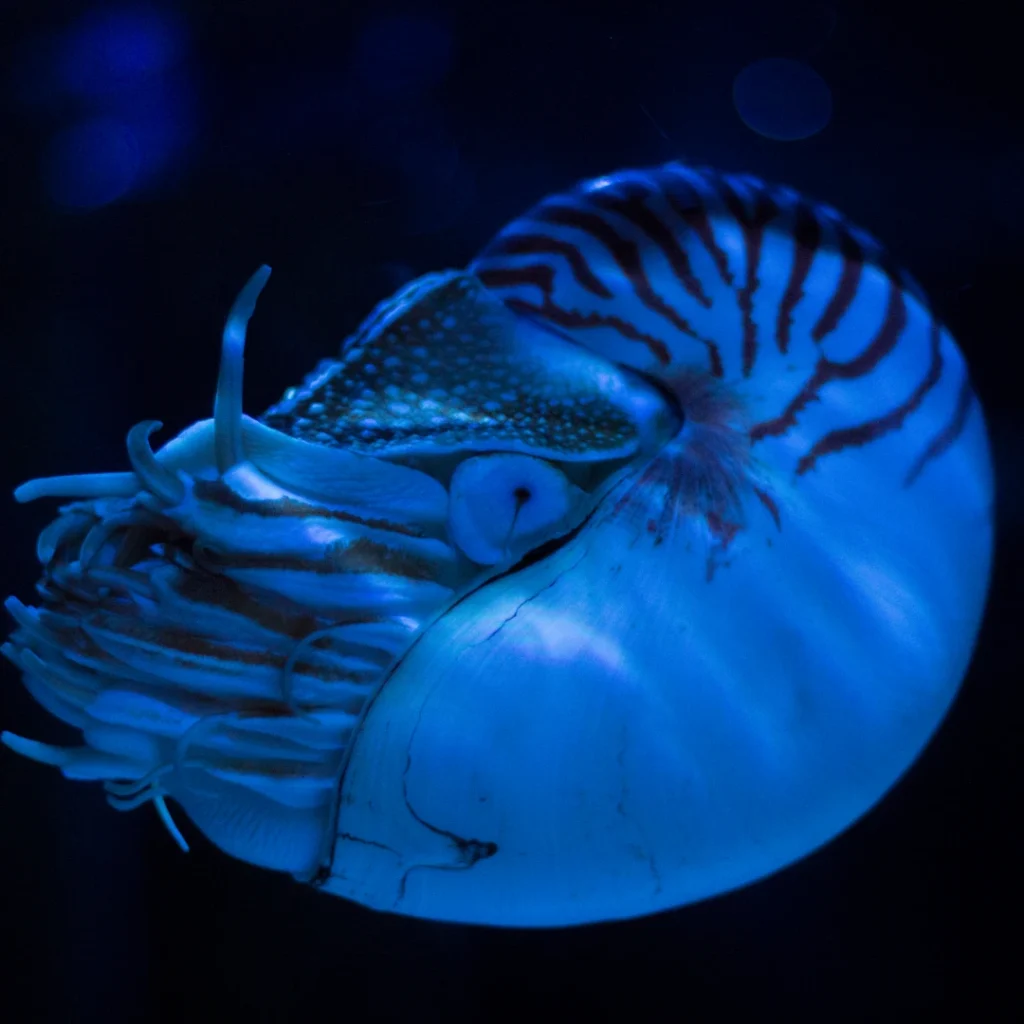
Human Impact and Conservation
Threats to Deep Sea Fish and Their Habitats
Overfishing:
Targeting marine fish that have low reproductive rates like the orange Roughy fish.
Pollution:
Chemical waste and other plastic materials polluted the deep seawater.
Climate Change:
Climate change also changes sea temperature and oxygen levels.
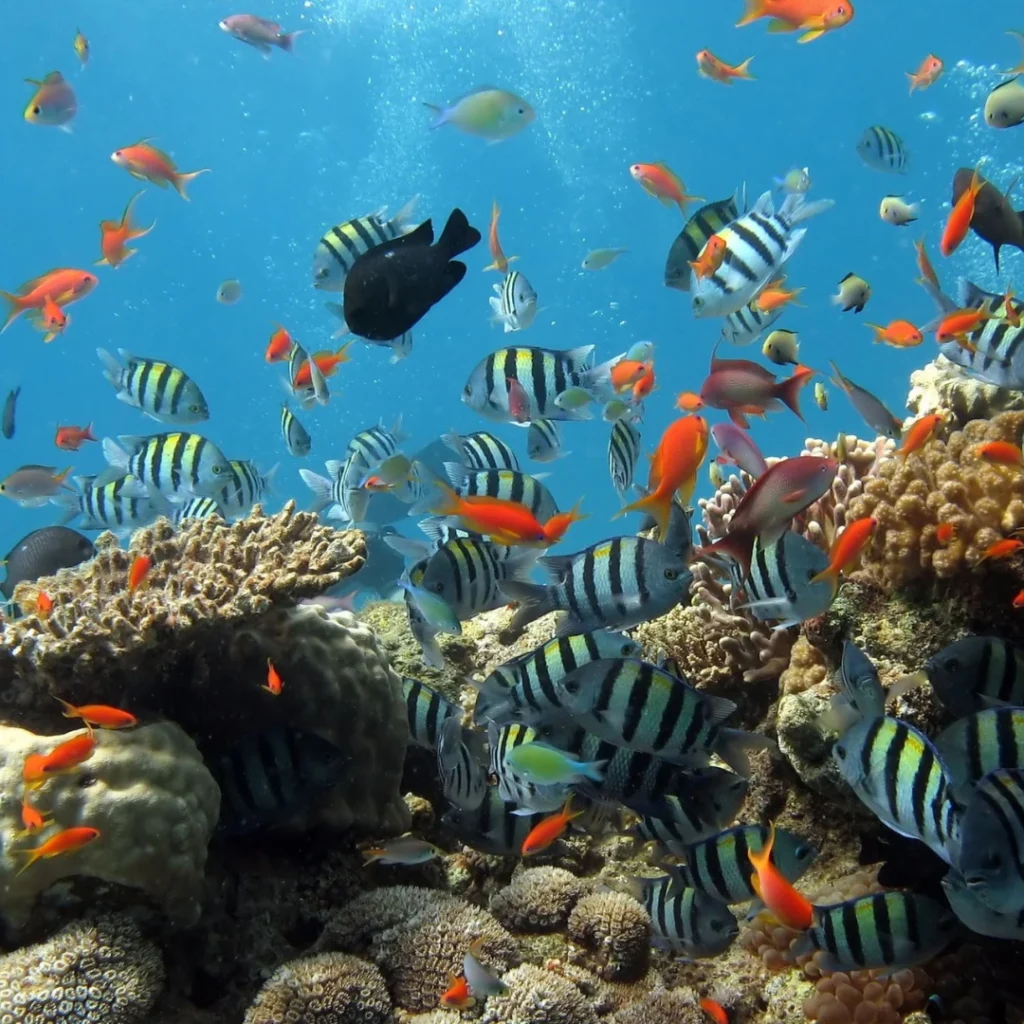
Current Conservation Efforts and Research Initiatives
Marine Protected Areas (MPAs):
These are areas where human activities are restricted to conserve marine ecosystems.
Technology Advancements:
The use of modern equipment (remotely operated vehicles and submarines) allows scientists to explore and study marine life without harm.
The Role of International Cooperation in Deep Sea Conservation
UNCLOS is a global initiative that works to protect the marine environment.
Conclusion
Recap of the Fascination of Deep Sea Fish
Species from Epipelagic Zone like dolphin to Hadalpelagic zones like snailfish represent marine ecosystems.
The Importance of Continued Research
Studying these ecosystems helps us understand the importance of marine life and its role in global processes.
Call to Action for Conservation Awareness
It is everyone’s responsibility to protect Deep Sea biodiversity. We should study the Deep Sea and also avoid polluting it.
Frequently Asked Questions (FAQs)
Q1: What is the deepest living fish species?
The Mariana Snailfish is the deepest living fish species, found at depths of up to 8,000 meters.
Q2: How do deep-sea fish survive without sunlight?
They rely on bioluminescence and food chains to survive without sunlight.
Q3: Are deep sea fish edible?
Some species of deep-sea fish are edible.

